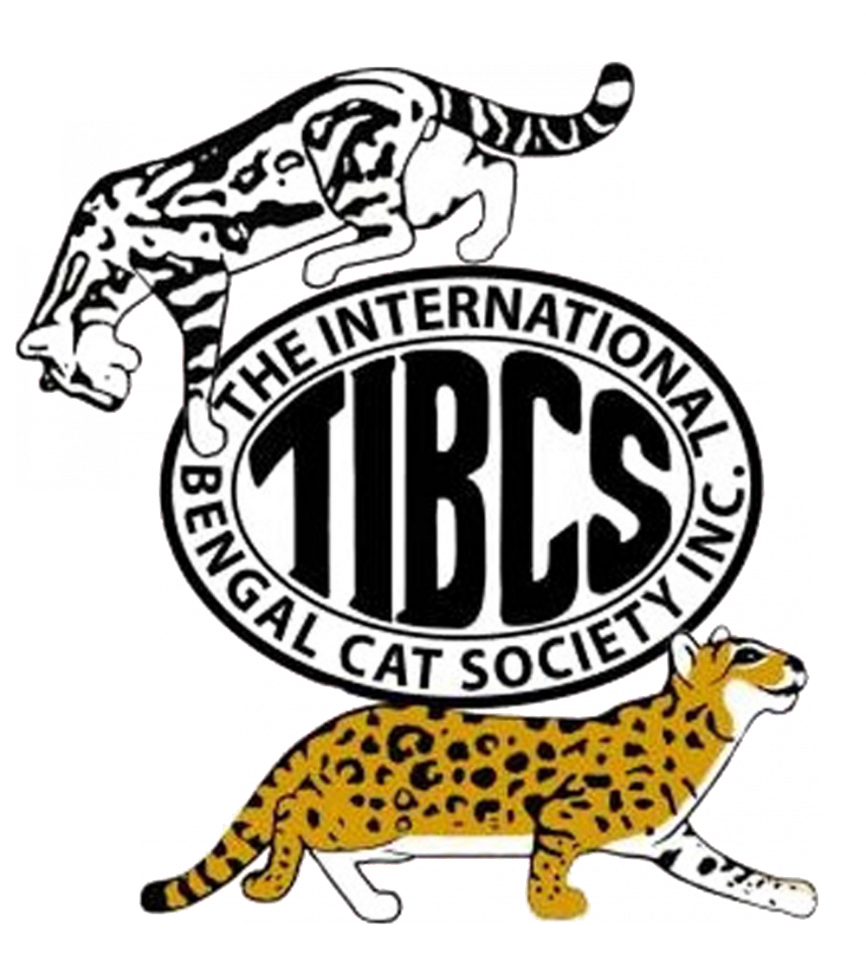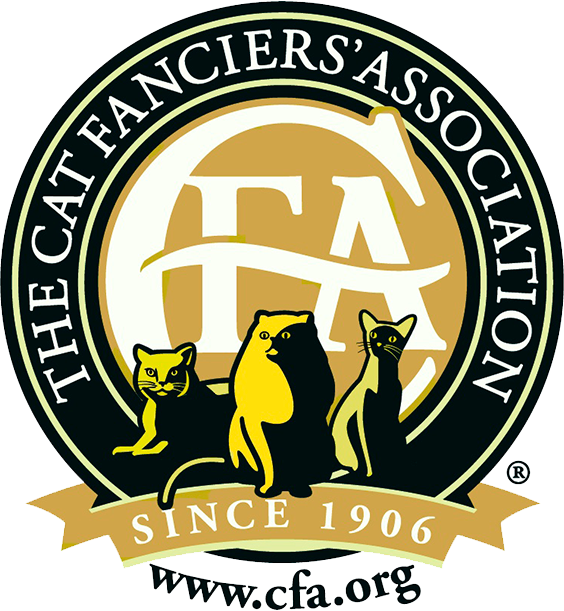What Is A Foundation Cat?
The origin of the Bengal breed began with the cross between The Asian Leopard Cat (ALC) and the domestic cat. Some of the early felines used in these matings include Egyptian and Indian Maus, Burmese and non-pedigreed domestic cats. As the breed progressed, SBT Bengals were taken back to the Asian Leopard Cat instead of the misc. other breeds. The first three generations resulting from the ALC x Bengal are considered "Foundation Bengals". The terminology regarding the early generation Foundation Cats can become somewhat confusing for even the most experienced Bengal enthusiast.

What Do F1, F2, F3, And SBT mean?
Bengal breeders refer to F-1 as the first generation cross between the ALC and the domestic Bengal. The F-2 is the second generation cross (the offspring of the F-1 and the domestic Bengal). The F-3 is the third generation (the offspring of the F-2 and a Bengal). The International Cat Association (TICA) considers the fourth generation (F-4) to be a "SBT" (studbook tradition) Bengal, eligible for competition in the show ring and a fully accepted domestic cat.
The following table clarifies the early generation terminology used by the Bengal world today (not including domestic outcrosses):
F-1: ALC parent X domestic Bengal parent
F-2: F1 parent X domestic Bengal parent (has an alc grandparent)
F-3: F2 parent X domestic Bengal parent (has an alc great-grandparent)
F-4: F3 parent X domestic Bengal parent (has an alc great-great-grandparent)
Why Are No Male Foundation Bengals Used In Breeding?
The first three Foundation generations generally produce infertile male offspring. There are a few exceptions to this rule but for the most part, only female Foundation Bengals have proven to be fertile and thus the Foundation males are adopted into qualified pet homes.
How Does The Temperament Differ Between A Foundation And An SBT Bengal?
This question is best answered by first describing the innate nature of the Asian Leopard Cat. This small, elusive wildcat is found from Siberia, Pakistan, Tibet and India, Burma, Thailand, and part mainland China then south to Sumatra, Java, Borneo and the Philippines. They can thrive in a variety of habitats... dense tropical forests, scrub, semi-desert and agricultural areas. The species Latin name (bengalensis) is derived from the first Leopard Cat that was discovered swimming in the Bay of Bengal.
The temperament of the Asian Leopard Cat tends to be ellusive and intelligent. In their natural environment they typically hunt by night, since they are almost exclusively nocturnal animals. They are agile felines, going from treetops to marsh in one continual motion. They are found within the vicinity of water and are accomplished swimmers. Many wild Leopard Cats will dispose of the excretions in water, to cover their scent from large predators. It is with this extreme intelligence that the ALC has survived many generations in a world where their habitat is dwindling and where they are a very small predator in the huge circle of life.
How Does This All Relate To The Foundation Bengal?
Typically, any progeny off of the Leopard Cat will inherit at least some parental traits. As each generation moves away from the Leopard Cat heritage, some of those traits may be removed or lessoned to some degree. The Foundation Bengal is often leery of new situations because nature has instilled a cautious intelligence in their ancestors. They need a stable and secure environment and typically do not adapt to variations within their everyday life. The commitment to a Foundation Bengal must be considered to be life-long because while they may not bond to all people, if they do, it is usually passionately intense and breaking this bond can destroy the spirit of the cat. They are not your traditional pet cat and there needs to be a clear understanding of the environment and lifestyle one needs to achieve in order to form the trusting relationship that may be possible with them. The Foundation Bengal is not predisposed to being aggressive but when faced with an uncomfortable situation (often involving loud noises, quick movements, or strange people or situations), they typically show a shyness and look for a safe and quiet place. This may be any area of their home where they have chosen as a safe and secure environment, perhaps a separate room or a remote cat tree where they can be "alone", until they feel safe and secure. Every Foundation Bengal is different, with individual personalities and different reactions to every situation.
The Foundation Bengal is an intense feline with many aspects of the Asian Leopard Cat behavior that can make a fascinating addition to the appropriate home. However, those same idiosynchrocies can make life very uncomfortable for both owner and cat if the household is unprepared or unable to accept them on the Foundation Bengal’s terms. The closer the Foundation Bengal is to the Asian Leopard Cat, the stronger the instinctive behaviors and the less likely that they can be modified to fit the owner's expectations. A true Foundation Cat enthusiast does not expect the cat to change to fit the owner's lifestyle, but rather is willing to change their lifestyle to accept the behavior of the cat. In general, while SBT's adapt readily to new situations, new people and new places, Foundation Cats find it more difficult to do so and are much more easily stressed by those changes.








